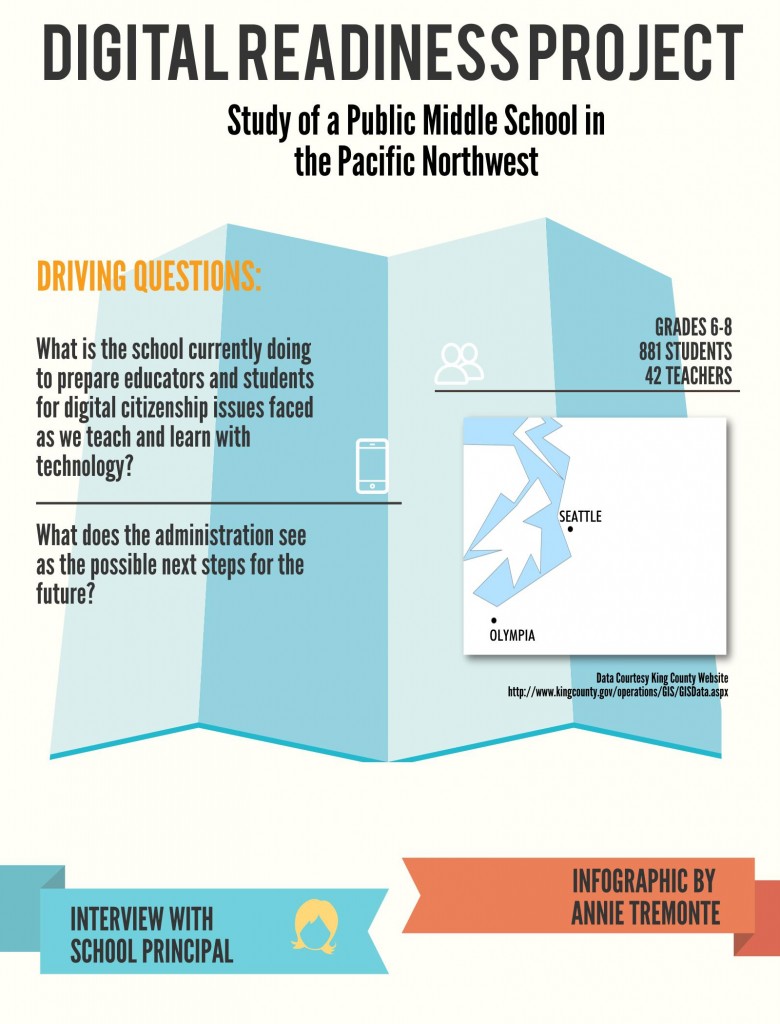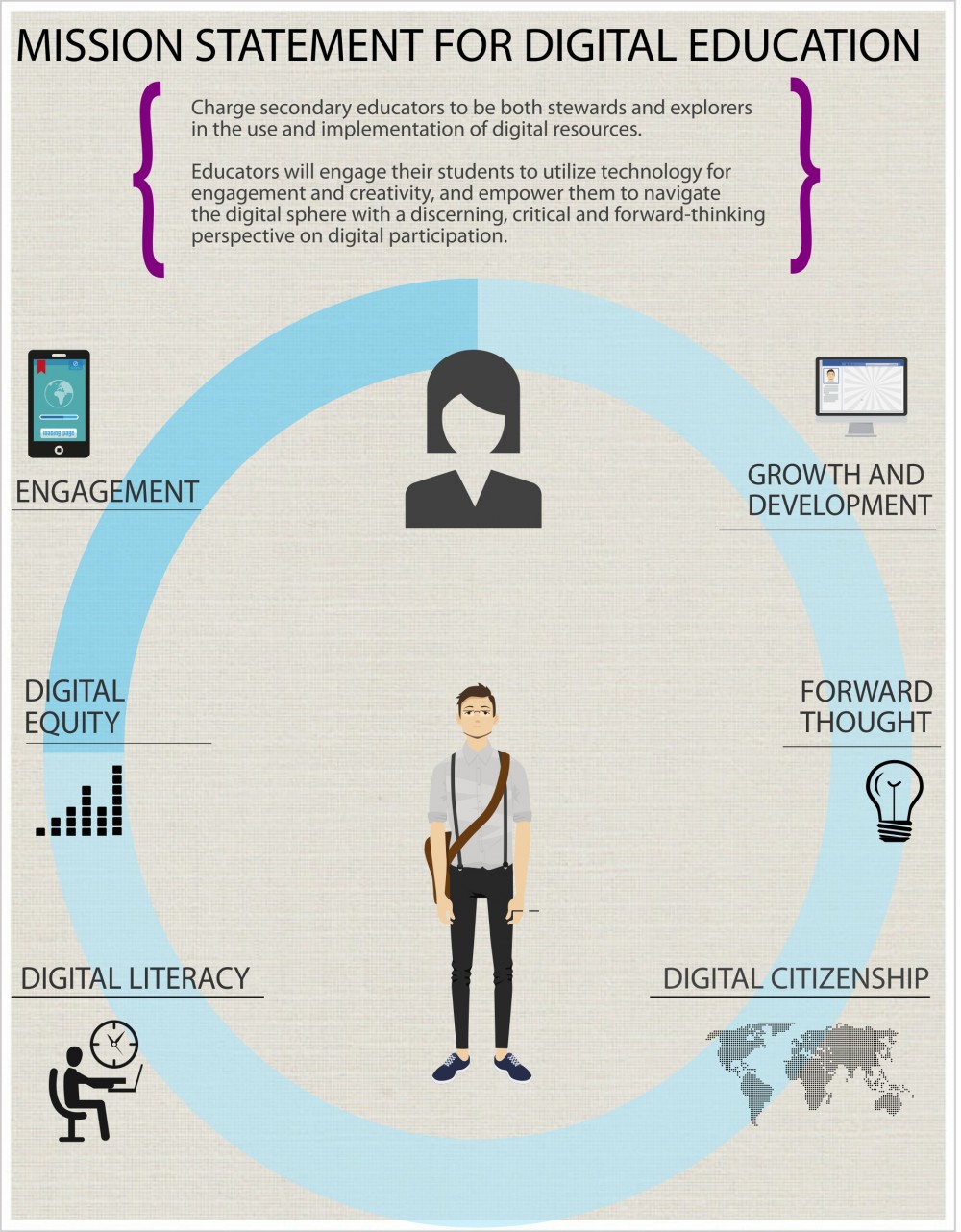One of my projects this quarter in the Digital Education Leadership program was to collaborate with my cohort in the design of a digital citizenship lesson. Using the ASSURE model to design our lesson, we focused the lesson around ISTE Standards for Teachers 4. As a group, we wanted to address the challenges faced by many when implementing technology in the classroom. Many educators are uncomfortable with the BYOD policies that are slowly emerging, and they bring valid concerns to the table. We chose to address these concerns by designing a session for educators who are interested in learning classroom management strategies for technology use. I hope to share this lesson with others, in my own community and beyond. Let me know if you could use something like this in your school or what you think about the strategies presented. Download the pdf of the lesson here.
Category: Digital Citizenship
ISTE Student 1: Digital Storytelling with Book Trailers
The next step in my graduate coursework in Digital Education Leadership is to work my way through the ISTE (International Society for Technology in Education) Student Standards in order to implement technology for effective teaching, learning, and assessment. First, I will address ISTE 1 by focusing on how students use technology to apply existing knowledge to new ideas. One of my educational philosophies is that creativity is more effortlessly fostered when students are first equipped with basic tools in their pockets.

A student in an art class to whom a lump of clay is given can perhaps be innovative and creative in his or her manipulation. However, this same student, if provided with a background knowledge of the clay’s composition, the temperature and method of firing, and the instruments and hand techniques used to manipulate it, can use this information in conjunction with personal ideas to break new ground. In my experience, this same principle applies to educational technology. Unfortunately, I have often found that students who are given free choice often gravitate towards the same tools they have used before. Perhaps, front loading instruction around certain tools can prepare students for experimentation and innovation later. With this as an important consideration in mind, I posed the following question:
“How can students use their knowledge of a recently read book to create a teaser for this novel? What tools would allow students to both engage a potential new reader and share important literary elements of the story (such as tone, theme, characterization, setting, etc.) in a structured but creative way?”
Forever on a quest to engage new readers, I hope to provide opportunities for my middle school language arts students to work with texts in an engaging, yet still structured way. While I have always required outside reading from students, I am averse to traditional book reports, perhaps due to my own hatred of reading as adolescent. I attempt to avoid such a fate for my own students. Student choice in book selection is an easy first step in encouraging reading for pleasure. The second step is implementing technology effectively.
Digital Readiness Project: Study of a Public Middle School
Recently, I had the opportunity to interview my principal about the digital readiness of our middle school. The goal was to discover how my institution is ensuring that technology is being used wisely for teaching and learning. The infographic that follows is a visual representation of my findings. The two driving questions at the top of the infographic guided the interview, while Mike Ribble’s nine elements of digital citizenship, the ISTE Digital Citizenship Standard 5, and a number of informal interviews with colleagues guided the construction of the interview questions that follow.
Evolving Educational Technology Mission Statement
ABSTRACT
My role as an educator is to both prepare students with the skills and knowledge for an undefined future, and engage them to take ownership of their own learning. The following mission statement aims to excite other secondary educators, as it identifies and addresses crucial areas of need during the secondary years. Educating students for the future is anything but explicit, and there is increasing demand to be technologically literate.

